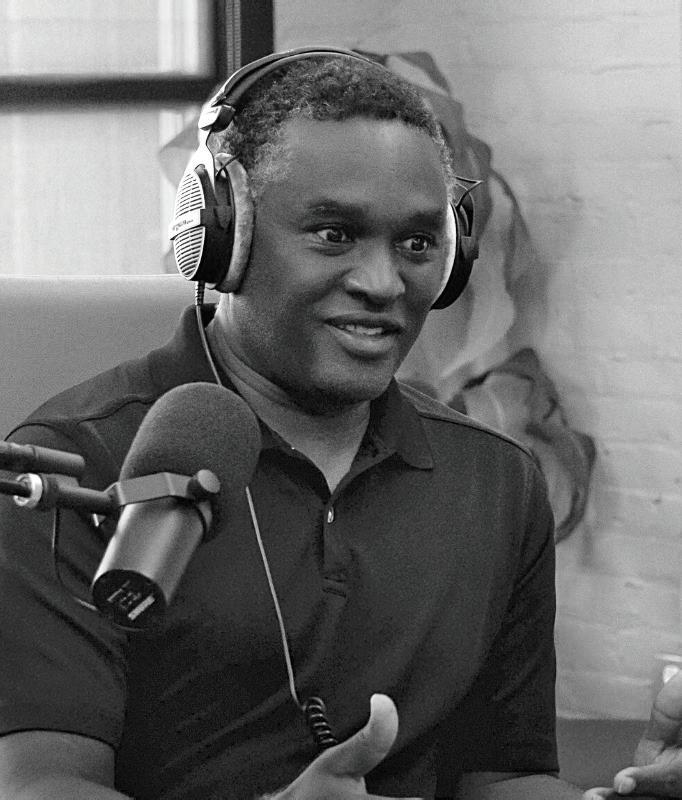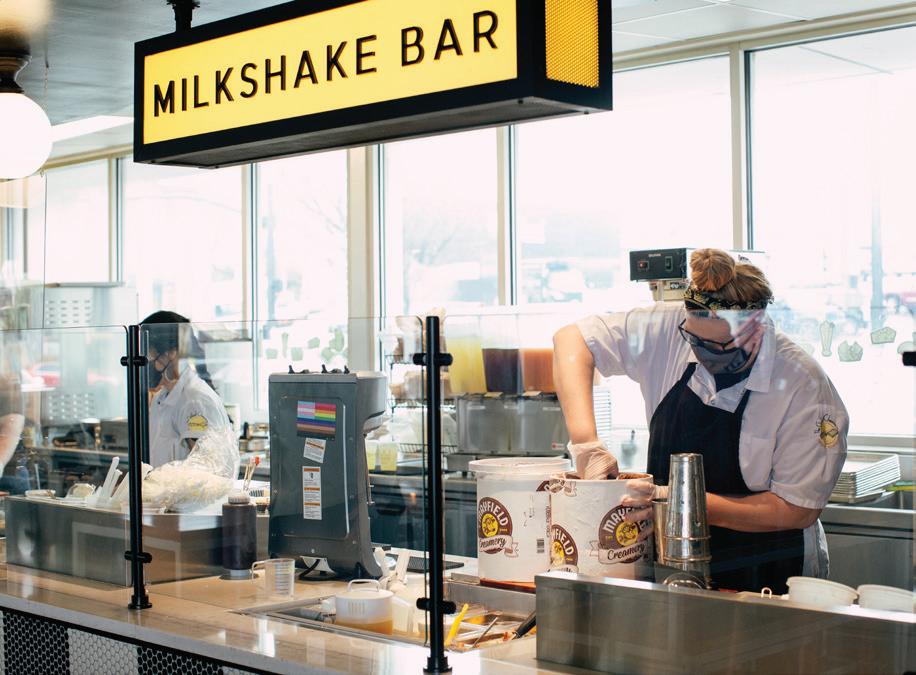
4 minute read
COURSE CORRECTIONS
Executive coaches share insights gathered from a remarkable year
BY STEPHEN ELLIOTT
Advertisement
he coronavirus pandemic has been hard on everyone. For some, it meant facing expo-
T sure to the disease daily working in hospitals, grocery stores or in the economy’s various supply chains.
For business executives, it meant fi guring out how to run a company when employees could not be in the same room and numerous processes needed to be overhauled. We spoke with three Nashville-based executive coaches — Angelo Valenti, Christie Berger and Kimberly Pace — about lessons learned from COVID-19.
Maintain hope, draw lines
Valenti’s clients are mostly national, meaning he was prepared for long-distance meetings others were forced to adopt overnight.
He says he has watched business leaders move through the di erent stages of stress. At rst, organizations were faced with emergencies that had to be solved immediately: How would people keep working when they couldn’t come into the o ce?
“You nally just learn to adapt, and that’s where people are now,” he says.
Executives need to be honest with their workforce, Valenti says, while also maintaining as much optimism as possible.
Moving forward, businesses are sure to adopt some of the new tendencies forced on us by COVID-19, according to Valenti. at will mean more remote work, even if it isn’t as universal as is currently required. at said, it’s important when working from home for both leaders and their employees to draw lines between their home life and work life, even though their work takes place at home.
ANGELO VALENTI
No more sitting at the dock
Pace has long-term working relationships with most of her clients, who she says have proved “incredibly resilient” during the pandemic. They largely come from the health care and retail sectors, industries radically altered by COVID but in different ways.
Those changes in many cases were good things, Pace says. Changes that businesses foresaw as future needs, but had been reluctant to adopt, were forced upon them overnight. That has included telehealth advances and online retail offerings.
“People realized that we can get things done more quickly,” Pace says. “We don’t have to have every i dotted in every committee. One of the CEOs I talk with says, ‘I’d rather just get on the boat and let’s start moving. Then we can change course as needed, versus just sitting at the dock thinking about it for so long we miss the wave.’”
Even more traditional companies, like law firms, have been “more adaptable than you’d think,” she says.
The switch to a virtual workforce has meant executives are seeing their employees’ spouses, kids and pets on a daily basis — a cross-pollination of the personal and professional largely unheard of before this. And, largely, that’s a good thing, Pace thinks, as executives have a clearer picture of the challenges faced by their employees at home.
The leaders have challenges of their own, though, and Pace says she has had to urge clients to take a break to ward off burnout.
“You can’t take care of other people if you can’t take care of yourself,” she says.
Balancing burnout with empathy
As COVID spread in its early days and businesses were forced to adapt, some business leaders were better suited to respond, according to Berger. Some people had never led virtual teams and struggled to adapt. More conservative workplaces were more reluctant to adjust long-held work practices. Others had it down more or less from day one.
Now, as most offices have figured out a working solution to the challenges of COVID, a bigger barrier to progress is fatigue. Early on, virtual happy hours were still novel, but now people are just tired.
The way we work has changed and some of those changes are worth keeping. More flexible work structures have proven valuable, she says. But we’ve lost a certain level of connection. One specific type of lost connection is the spontaneous exchange — when colleagues pass each other in the hallway and ask about progress on a project, or a leader checks in on an employee’s wellbeing by sticking his or her head through the office door.
As it becomes safer to return to offices, some workers will prefer to stay at home, at least some of the time.
“Out of necessity, the pendulum swung all the way. We just didn’t have a choice,” Berger says. “We have to find that right place for the pendulum to come down in the middle. Technology is wonderful but we just have to find the right blend to ensure we have methods and practices that will also draw connectivity, communication, engagement and relationships to the organization and within the organization.”
With employees struggling, it was important for executives to lead with empathy, Berger says. And that will not go away.
“It’s really highlighted the importance of leading in a way that is empathetic, with compassion, and with vulnerability, while also holding the weight and responsibility of what leadership is about,” she says.




